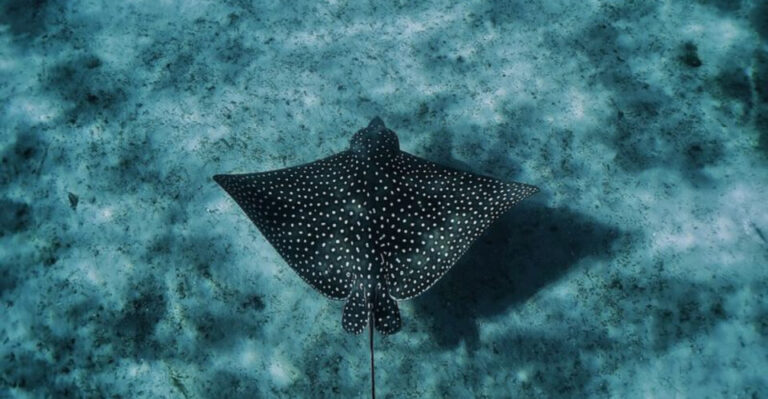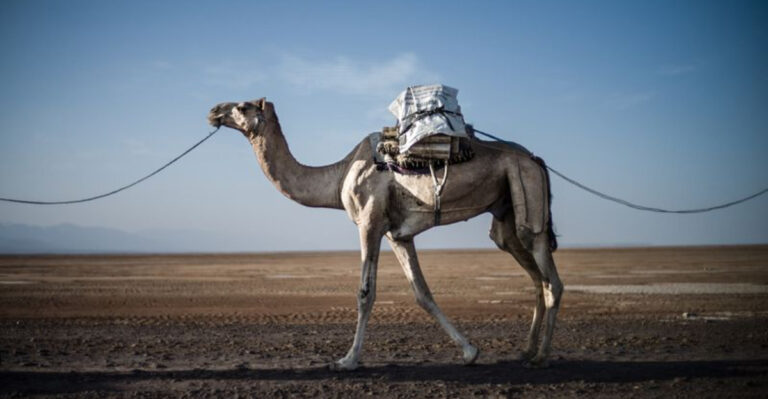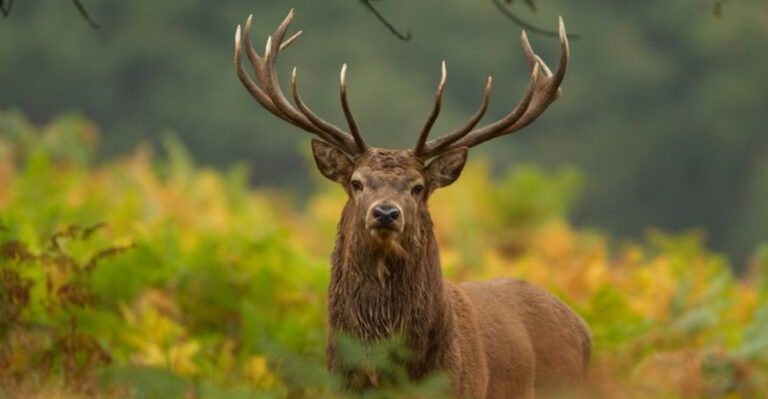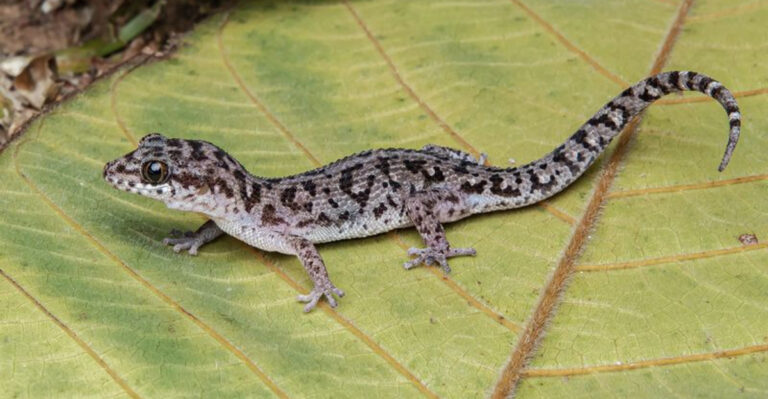These 12 Animals In Kansas Are On The Brink Of Extinction
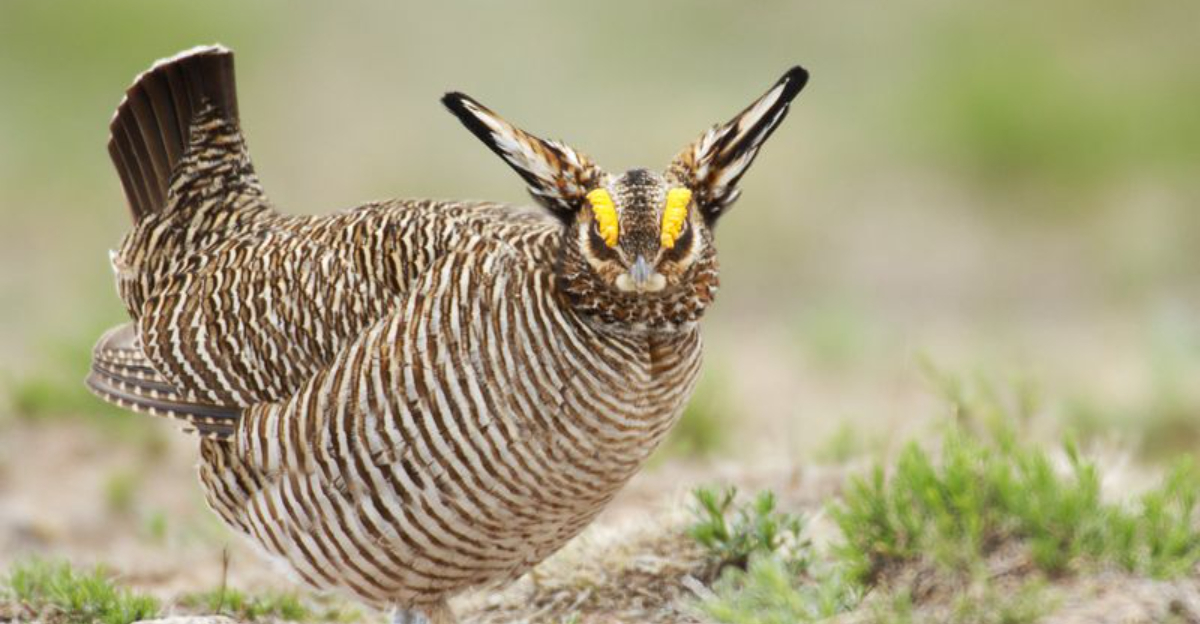
Kansas is not just about vast plains and waving wheat fields; it’s home to incredible wildlife that’s now facing a serious survival threat.
From majestic birds to elusive mammals, these creatures are fighting for their existence.
Here’s a closer look at 12 animals in Kansas that are on the brink of extinction. Each one plays a unique role in the ecosystem, and losing them could have ripple effects on the entire environment.
1. Topeka Shiner
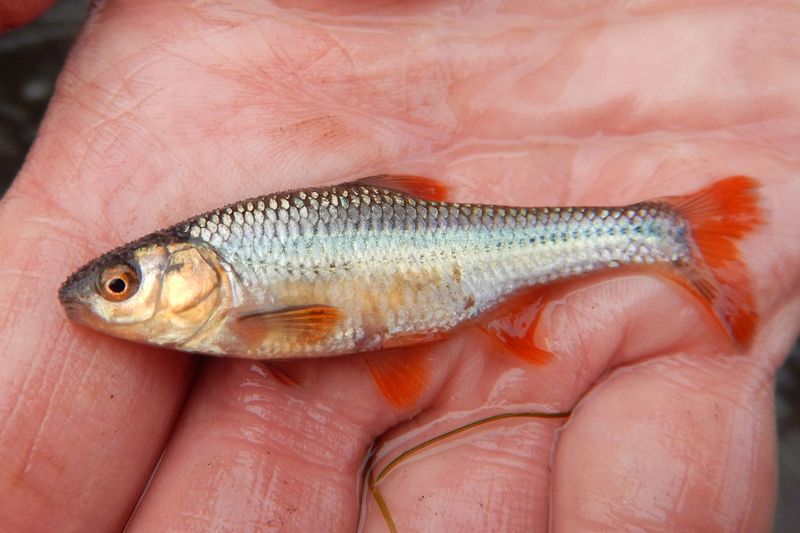
The Topeka Shiner, a small silver-scaled fish, swims precariously in Kansas’s few remaining pristine streams. Found in clear waters, it’s a species that signifies purity and balance.
Unfortunately, pollution and habitat destruction threaten its survival. Conservationists are fighting hard, restoring streams and monitoring water quality to give these little swimmers a fighting chance.
Rising awareness about water pollution and supporting local conservation efforts can help. Protecting their habitat is crucial, as these fish play a significant role in the aquatic ecosystem.
2. Black-Footed Ferret
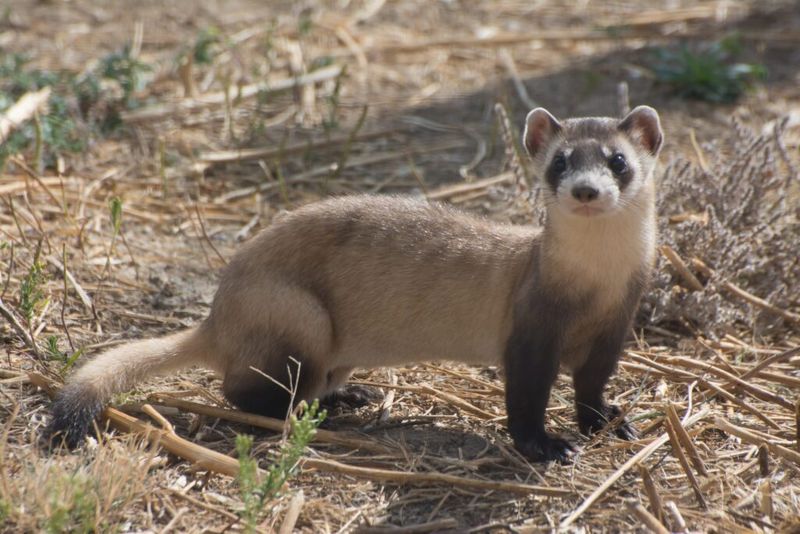
Once thought extinct, the Black-footed Ferret was rediscovered in the 1980s. This nocturnal predator plays a vital role in controlling prairie dog populations. Kansas provides the perfect home, but habitat fragmentation threatens its existence.
Conservationists have reintroduced ferrets to protected areas, monitoring their progress closely. Their survival depends on continued efforts to maintain healthy prairie ecosystems. These efforts include protecting prairie dogs, which are essential to the ferret’s diet.
Observing this elusive creature in the wild is a thrilling experience, and preserving their habitat ensures they remain a part of Kansas’s natural heritage.
3. Lesser Prairie Chicken
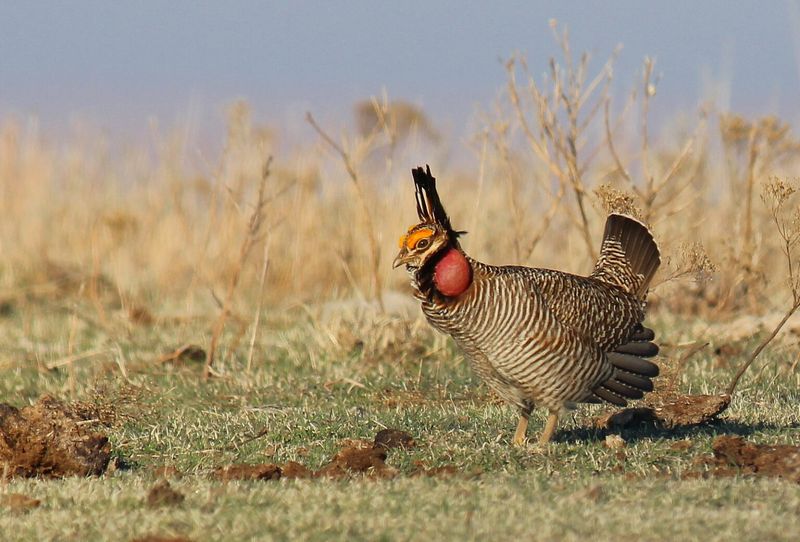
The Lesser Prairie Chicken is a charming bird known for its lively mating dances and vibrant plumage. Found on Kansas prairies, it’s an icon of the grasslands.
Sadly, habitat loss due to agriculture and energy development has drastically reduced their numbers.
Conservation groups are working to preserve their habitat by implementing sustainable land management practices.
Observing this bird’s fascinating dance is a rare treat, and protecting its home ensures future generations can enjoy this spectacle. Kansas’s prairies are richer with the presence of the Lesser Prairie Chicken.
4. Piping Plover
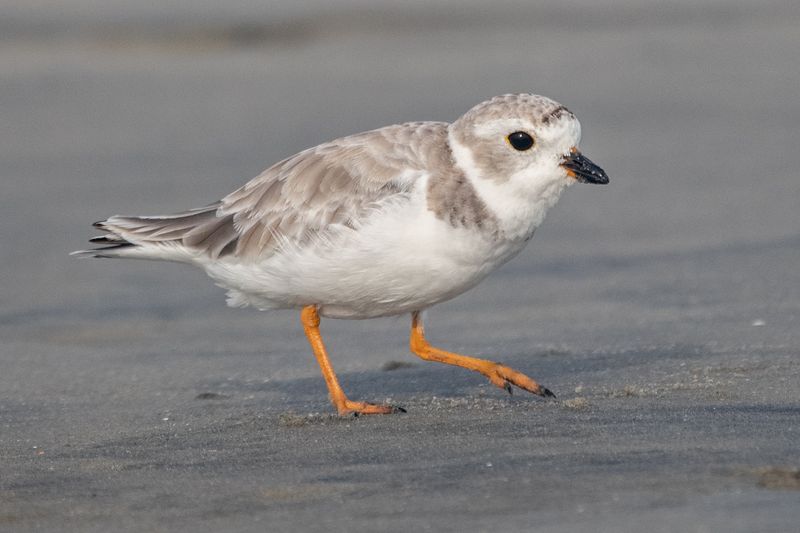
The Piping Plover, with its sandy-colored feathers, is a charming bird that graces Kansas’s beaches and wetland areas. Its delicate appearance belies its resilient nature, as it migrates long distances.
However, human disturbance and habitat loss pose significant threats. Efforts to protect nesting areas are crucial, with conservationists marking off important sections of beaches.
The Piping Plover’s cheerful presence adds life to the shores, and safeguarding its habitat ensures that these birds continue to charm beachgoers.
Every visit to their habitat should be mindful, respecting the space these birds need to thrive.
5. Eastern Spotted Skunk
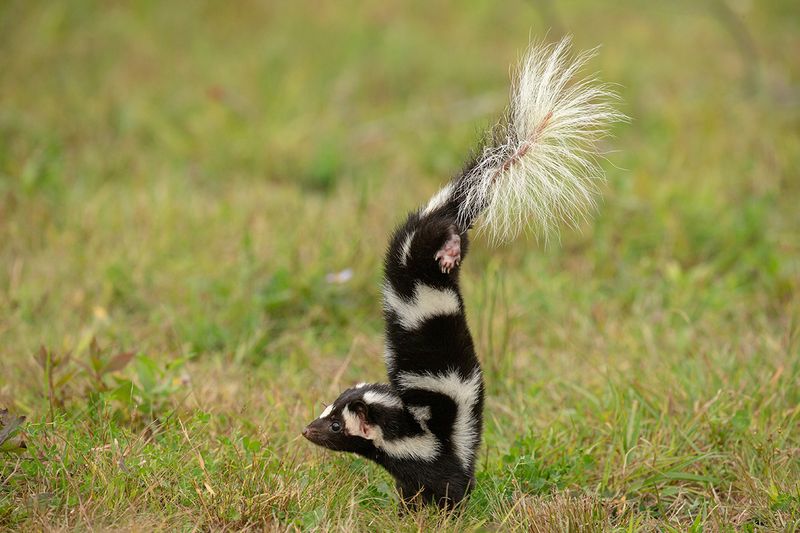
The Eastern Spotted Skunk, with its striking black and white markings, is as elusive as it is fascinating. Found in Kansas woodlands, it faces threats from habitat destruction and vehicle collisions.
This nocturnal creature plays a crucial role in pest control, feeding on insects and small rodents. Conservation efforts focus on preserving its woodland habitat and creating wildlife corridors to reduce roadkill incidents.
Observing this skunk in the wild is a rare opportunity, highlighting the need for continued conservation measures. Protecting this species means maintaining the delicate balance of Kansas’s forest ecosystems.
6. Neosho Mucket
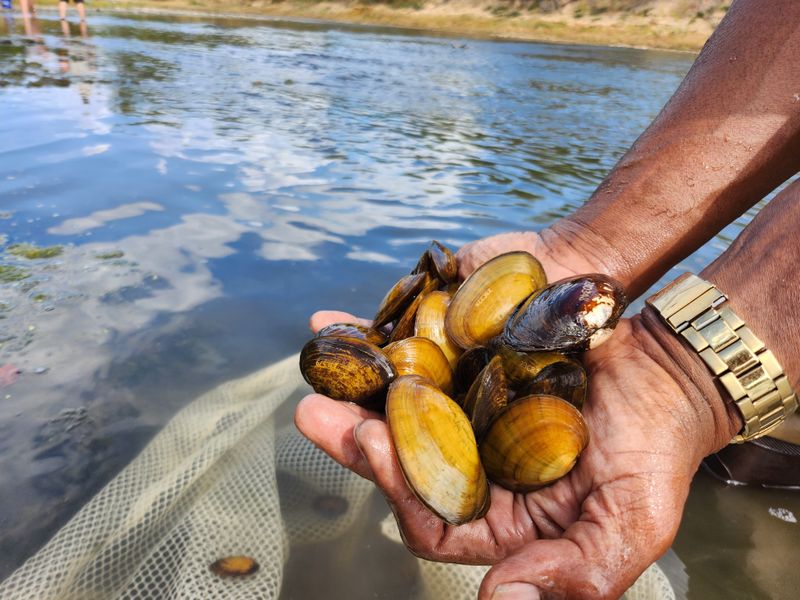
The Neosho Mucket is a freshwater mussel that hides within Kansas’s riverbeds. Its presence indicates healthy waterways, as it filters water, improving quality.
But pollution and dam construction have put this species at risk. Conservationists are working on restoring river habitats and monitoring water quality. Public support is crucial, as protecting waterways ensures the survival of this and other aquatic species.
Understanding the importance of freshwater mussels can inspire action, as they are vital to the ecosystem. Their continued existence signals healthy, thriving rivers in Kansas.
7. Pallid Sturgeon
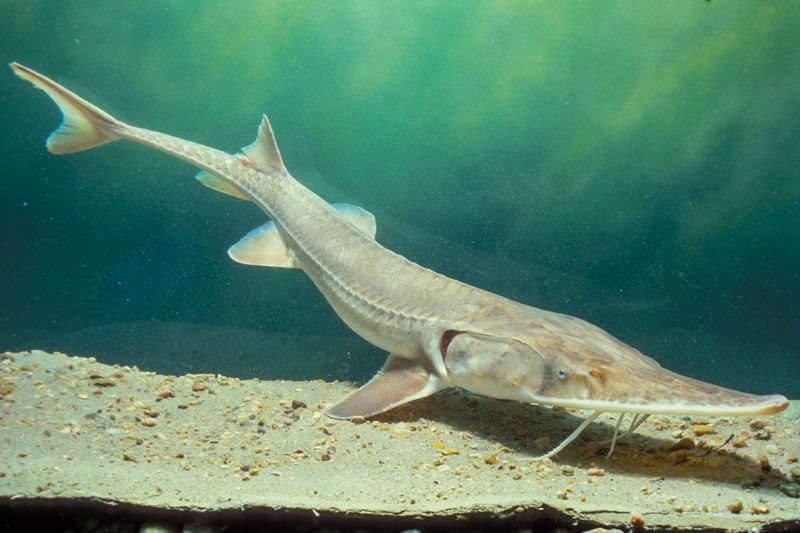
The Pallid Sturgeon is a relic from the dinosaur era, roaming Kansas’s rivers with its distinctly long snout. This ancient fish faces modern challenges like river modifications and pollution. Its survival tells the tale of healthy river systems.
Efforts to save this prehistoric creature focus on habitat restoration and pollution control. By supporting these initiatives, Kansans help maintain their natural heritage.
The Pallid Sturgeon’s presence in the rivers is a testament to resilience, reminding us of the importance of preserving our natural world for generations to come.
8. Rabbitsfoot Mussel
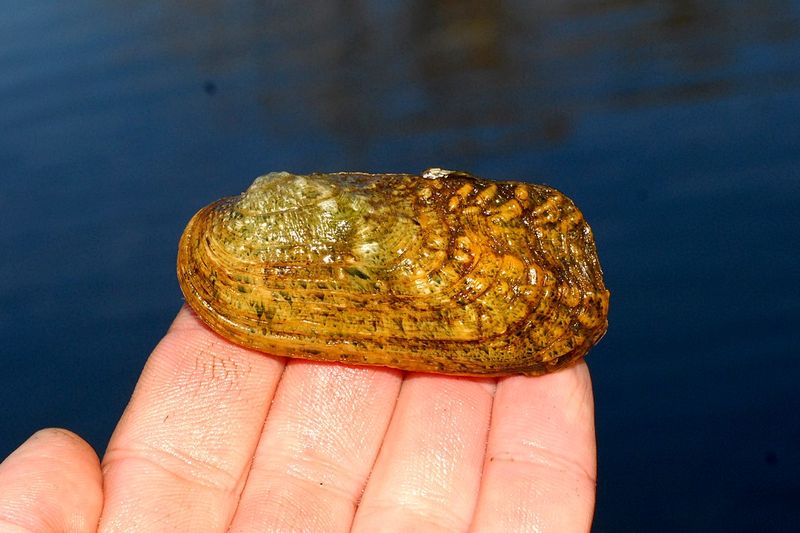
The Rabbitsfoot Mussel, with its unique shell pattern, adds beauty to Kansas’s streams. This freshwater mussel is vital for filtering water and maintaining stream health.
However, pollution and invasive species threaten its survival. Conservation efforts focus on protecting and restoring its habitat, ensuring clean and thriving waterways. Public awareness and support are vital in these efforts.
Every mussel is a testament to the rich biodiversity found in Kansas’s waters. Protecting them ensures a future where our streams are vibrant and full of life, benefiting both wildlife and people.
9. Redbelly Snake
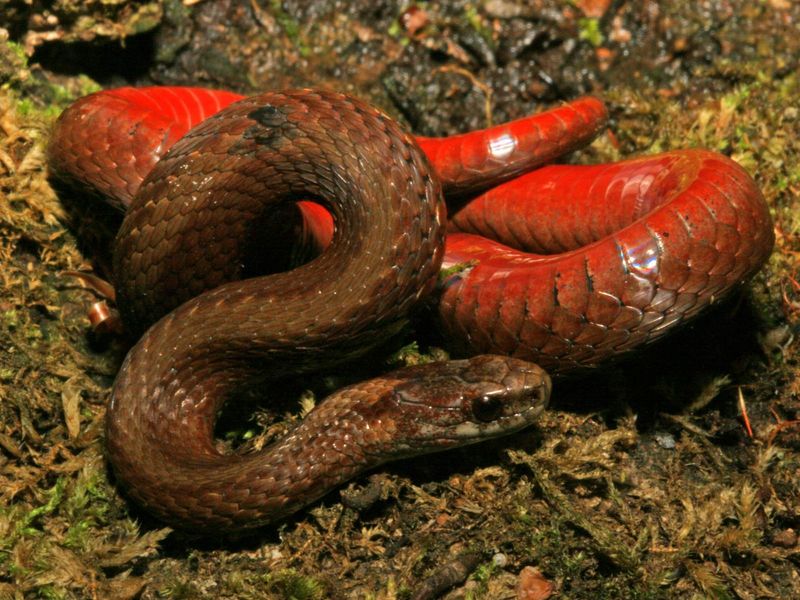
The Redbelly Snake, small and often overlooked, plays a crucial role in Kansas’s ecosystems. Its reddish belly and subtle appearance make it a fascinating subject for nature enthusiasts.
Despite its importance, habitat loss and human encroachment threaten its existence. Conservationists are working to preserve its natural habitats, ensuring these snakes continue to play their ecological role.
Appreciating these snakes means understanding their significance in controlling pest populations. Protecting their habitat ensures that the diverse and intricate web of life in Kansas’s forests remains intact for future generations.
10. Swift Fox
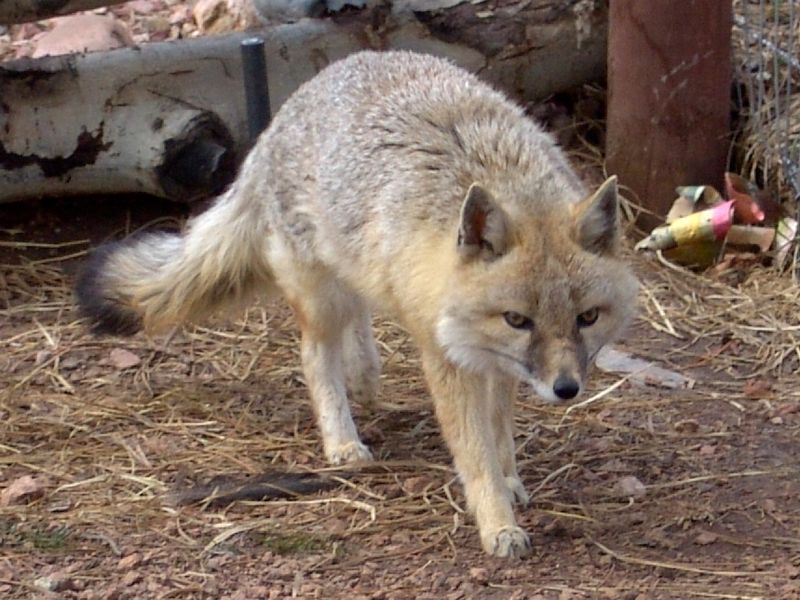
The Swift Fox, with its agile movements and keen instincts, is a true marvel of the Kansas prairies. Its small size and swift nature make it a fascinating predator, playing a role in controlling rodent populations.
However, habitat fragmentation and competition with larger predators threaten its survival. Conservationists are working to restore prairie habitats and ensure a future for these foxes.
Observing a Swift Fox in the wild is a thrilling experience that emphasizes the importance of preserving their natural environment. Protecting them means maintaining the ecological balance of the prairies.
11. Ozark Big-Eared Bat
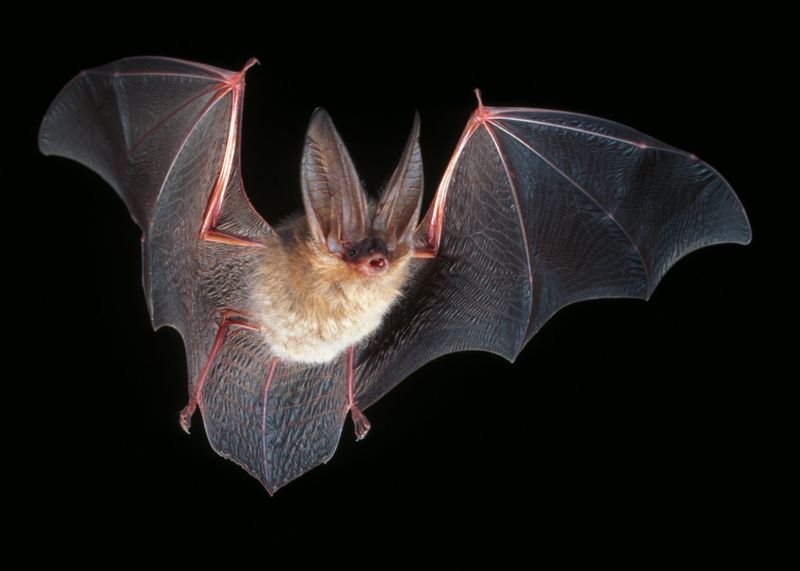
The Ozark Big-eared Bat, with its oversized ears and distinctive appearance, roosts in Kansas’s secluded caves. It relies on these caves for shelter and breeding, making them vital to its survival.
Unfortunately, human disturbances and habitat destruction pose serious threats. Conservation efforts focus on protecting cave environments and minimizing human impact.
Bats play a crucial role in controlling insect populations, and preserving their habitats ensures they continue to contribute to the ecosystem. The presence of the Ozark Big-eared Bat highlights the need for responsible environmental stewardship.
12. Arkansas River Shiner
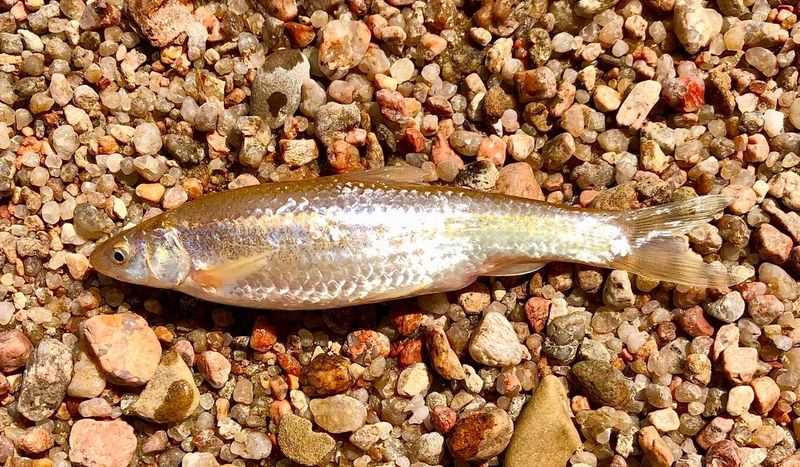
The Arkansas River Shiner, a small and delicate fish, finds its home in Kansas’s clear rivers. It thrives in healthy aquatic environments, playing a role in the river ecosystem.
Pollution and water diversion threaten its survival. Conservation efforts aim to restore river habitats and improve water quality. Public awareness and support are critical in preserving this species.
Each Arkansas River Shiner is a reminder of the intricate balance within our river systems. Protecting them ensures that Kansas’s rivers remain vibrant and full of life, supporting diverse aquatic communities.

